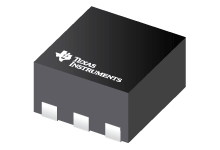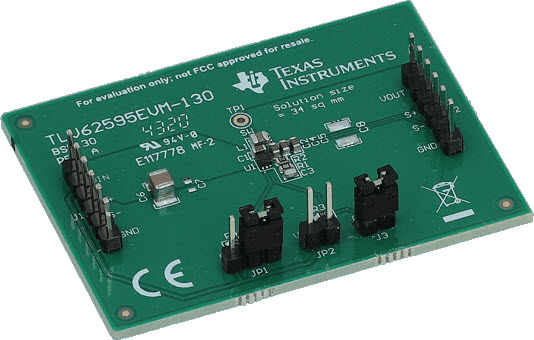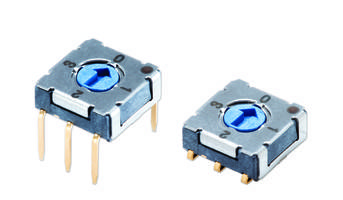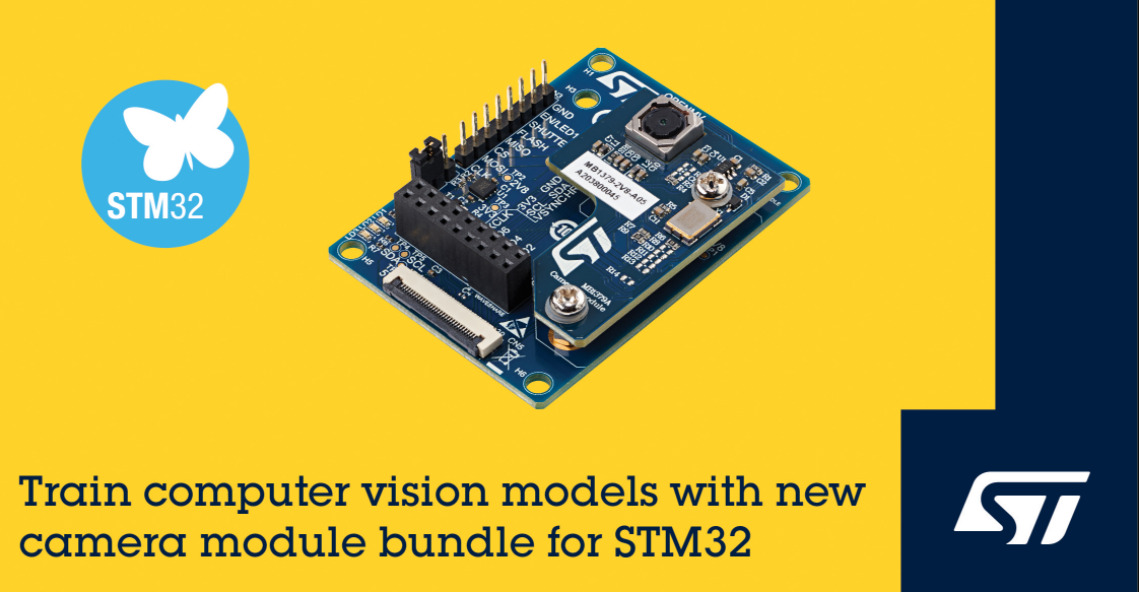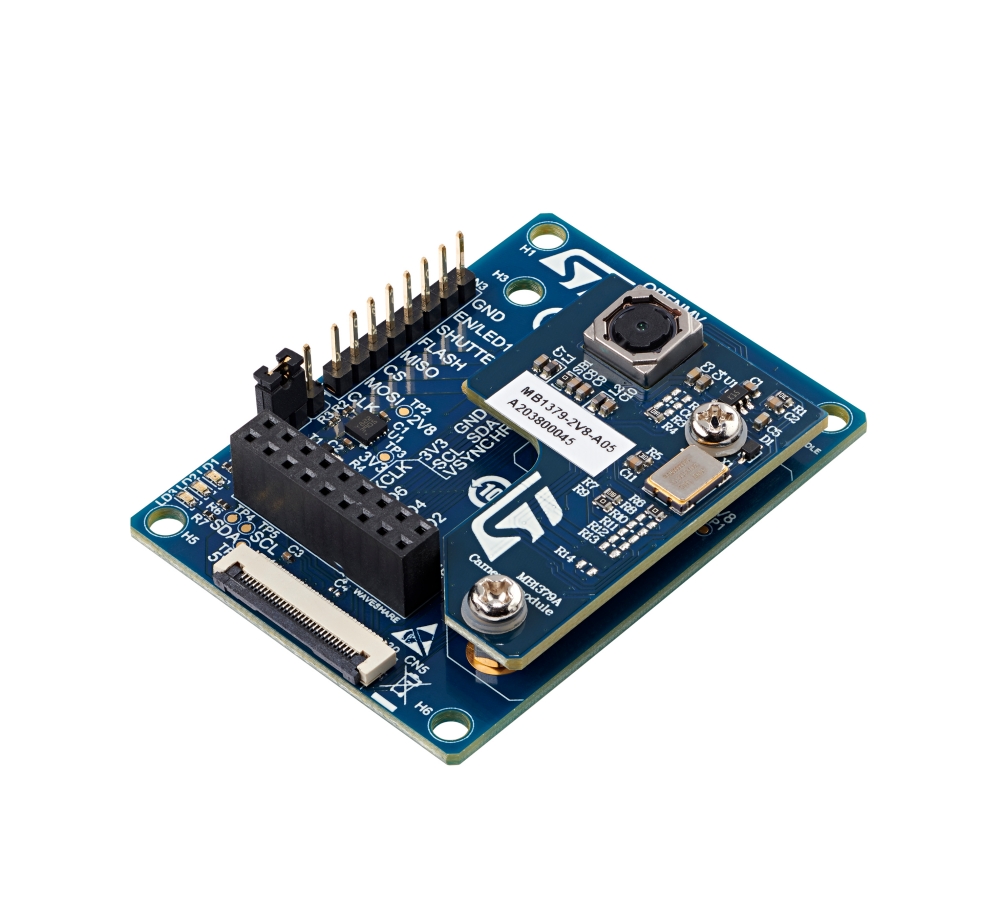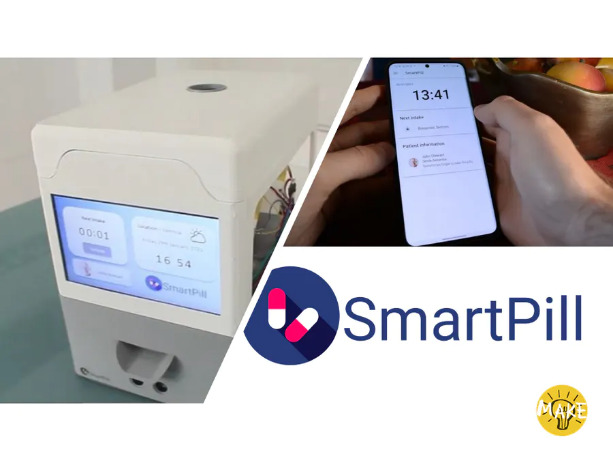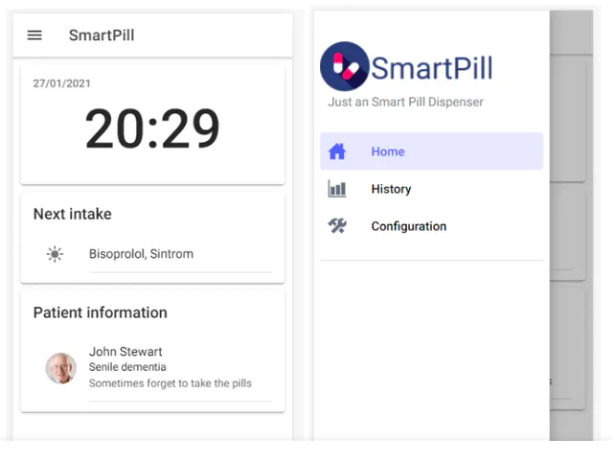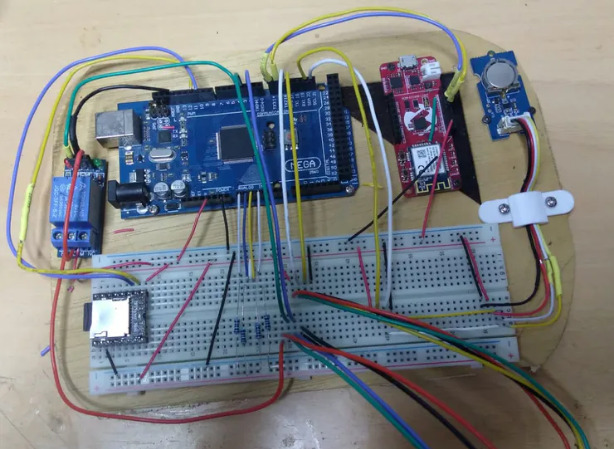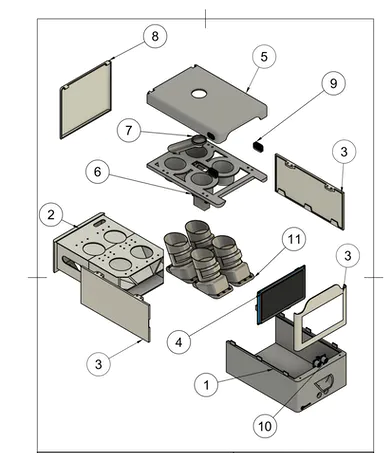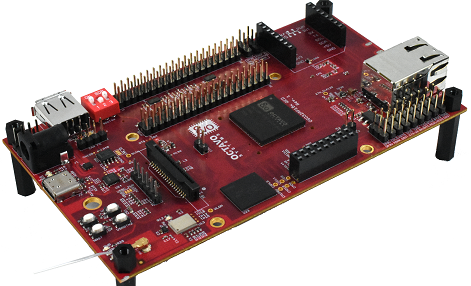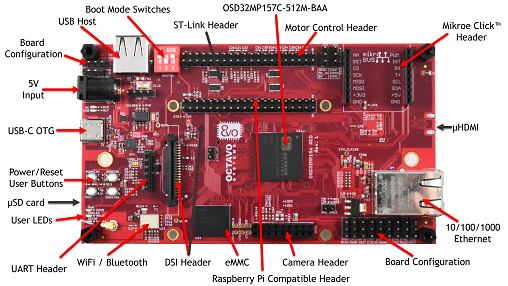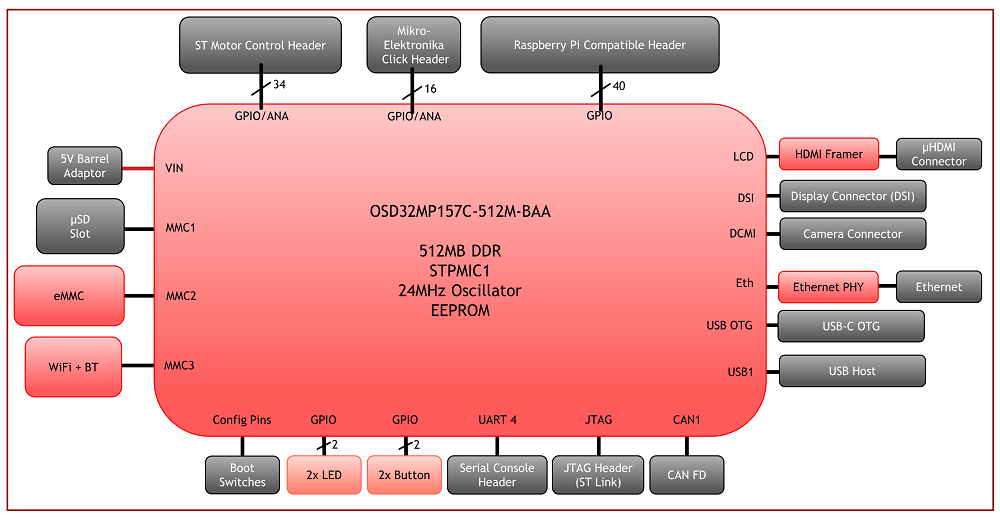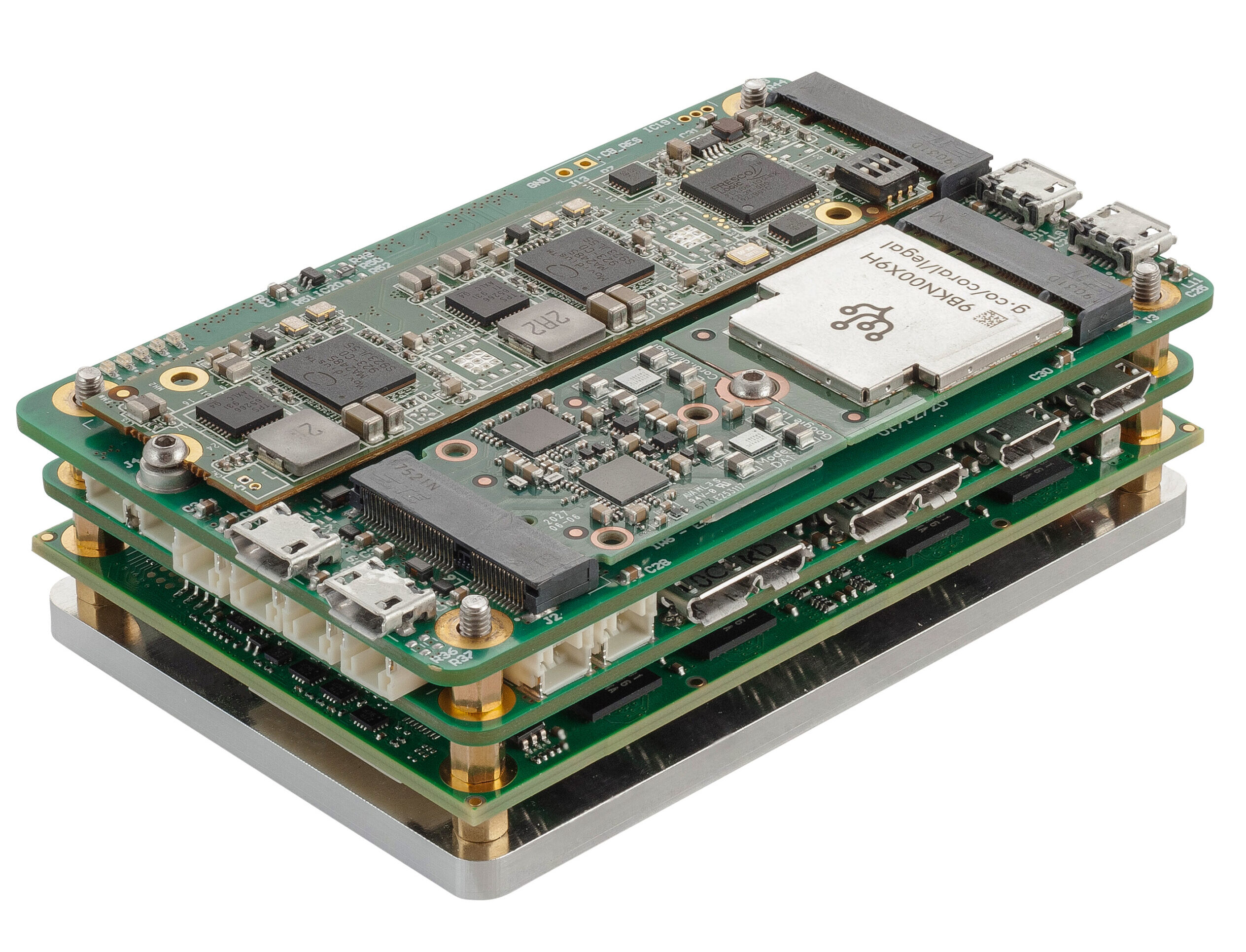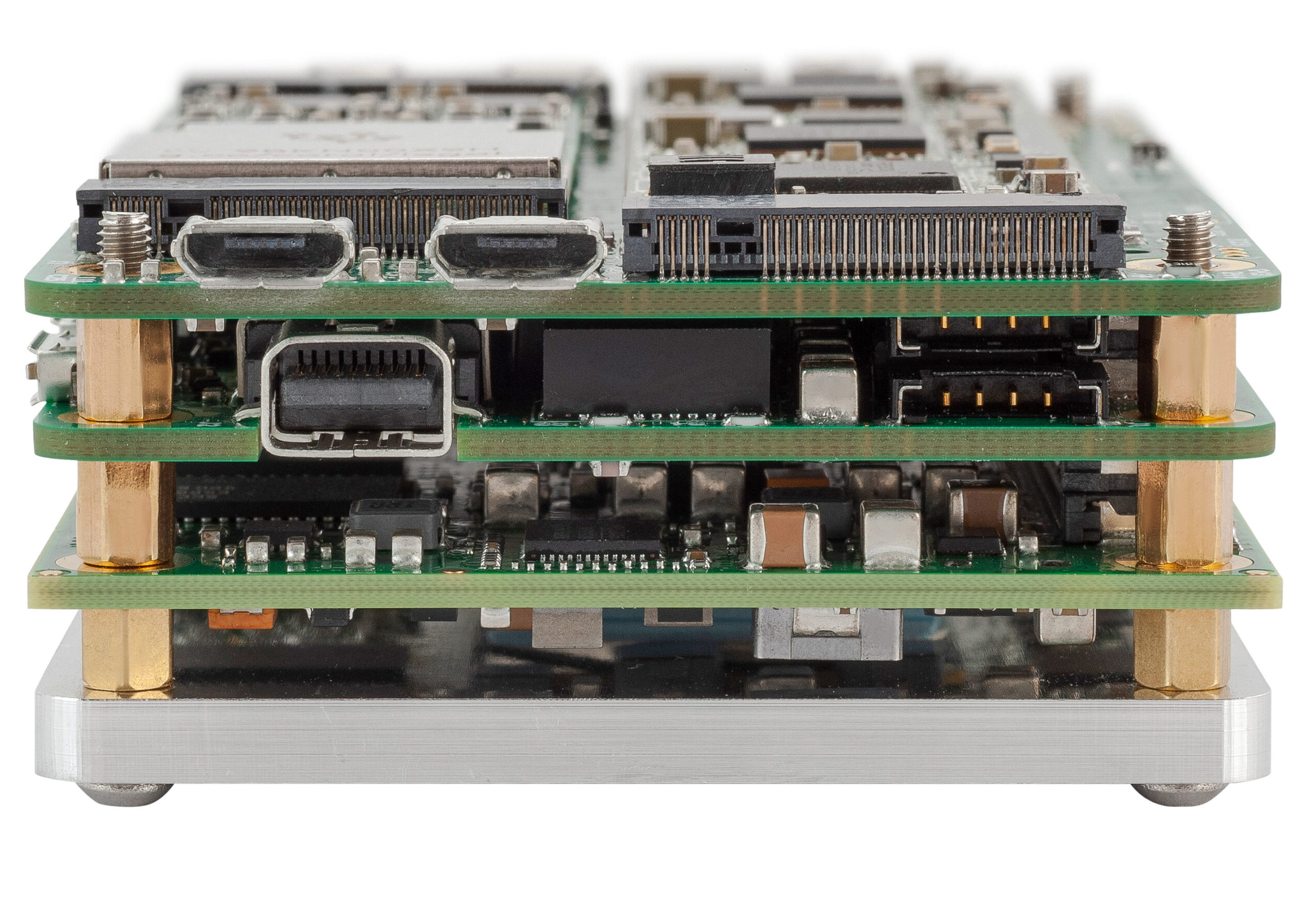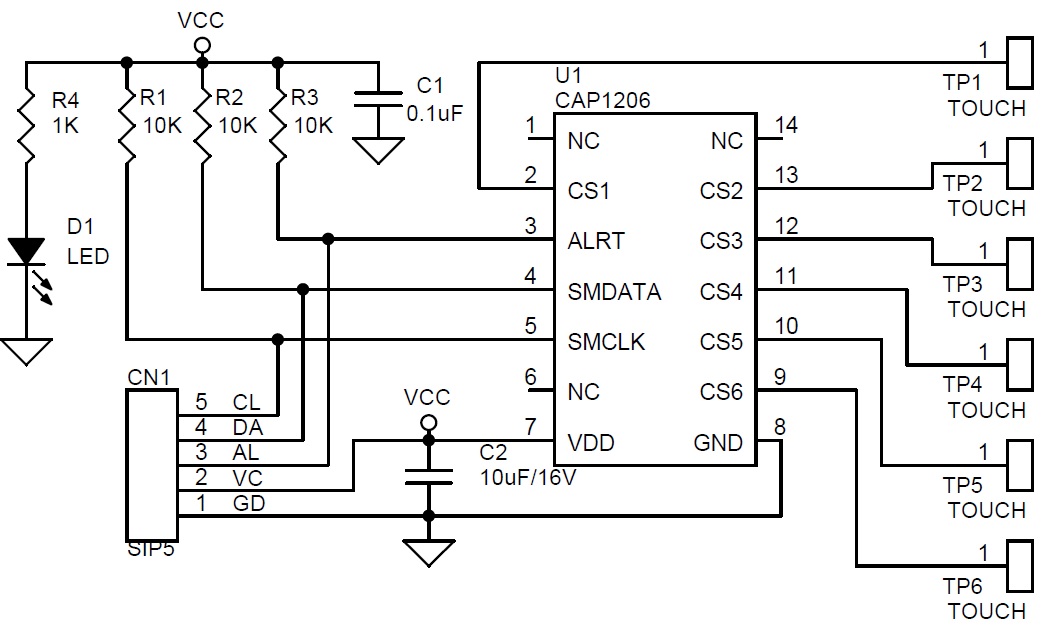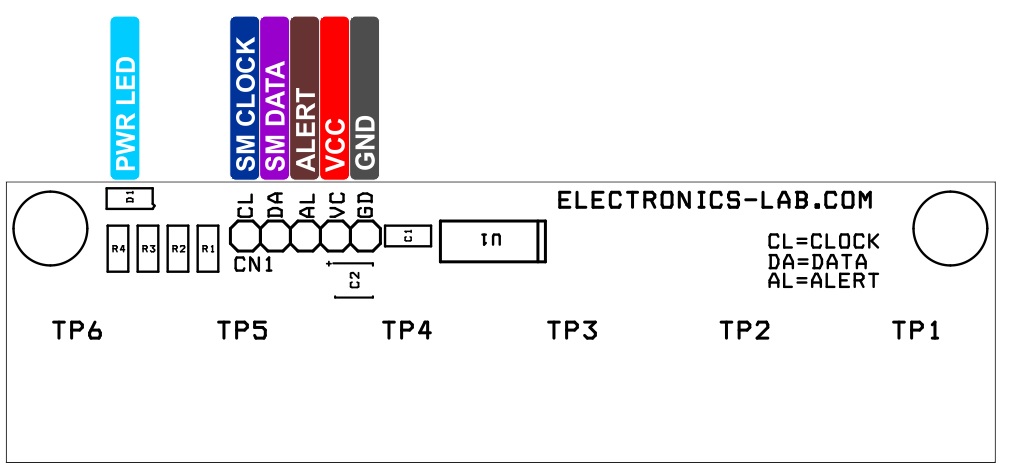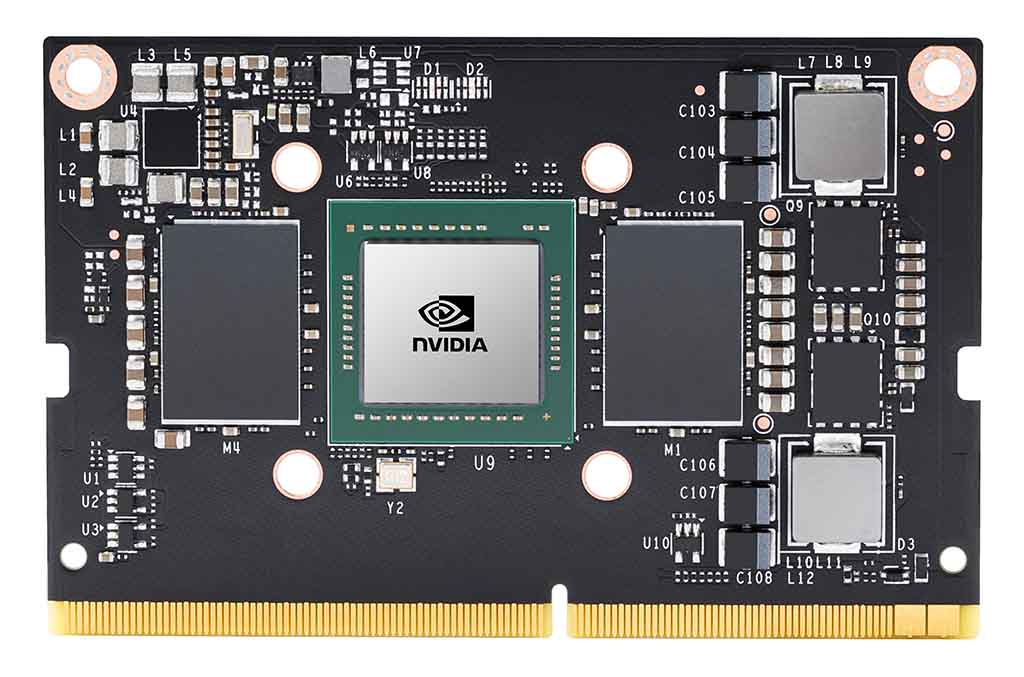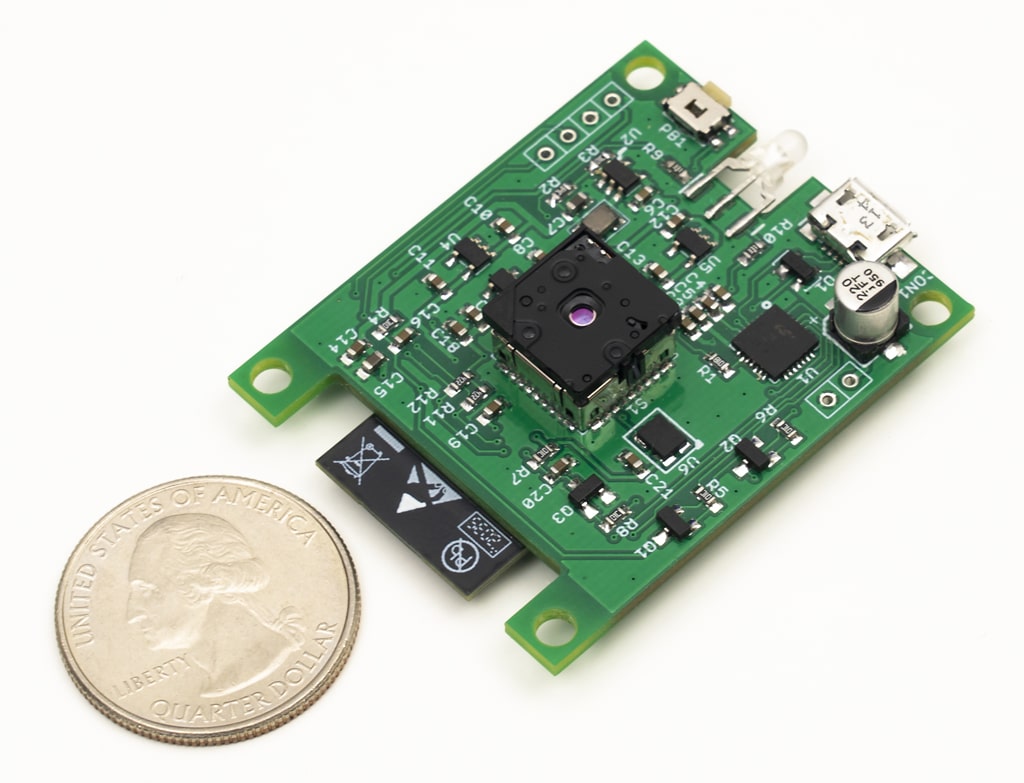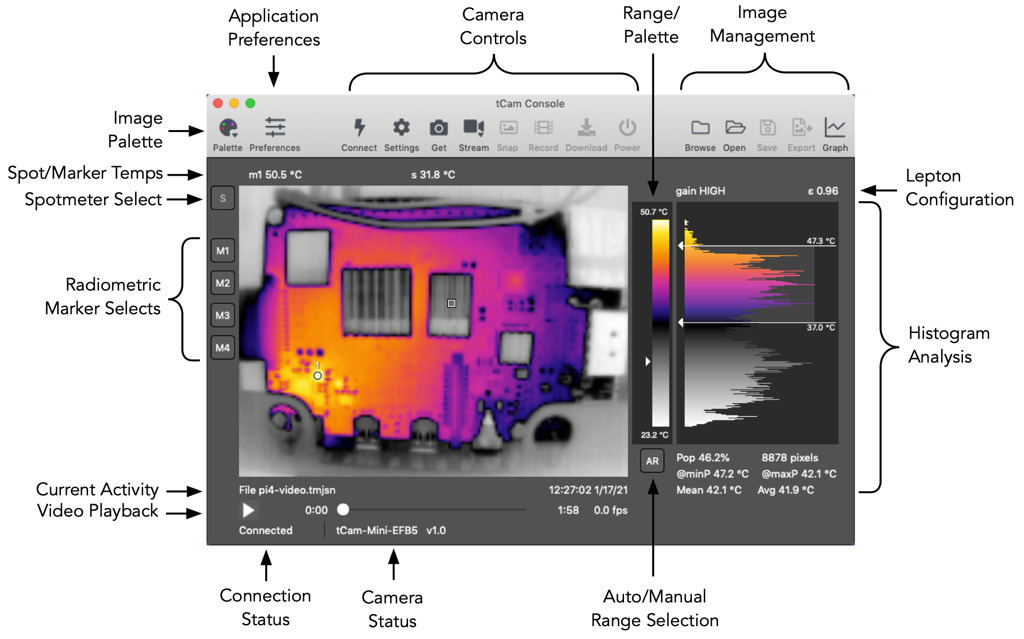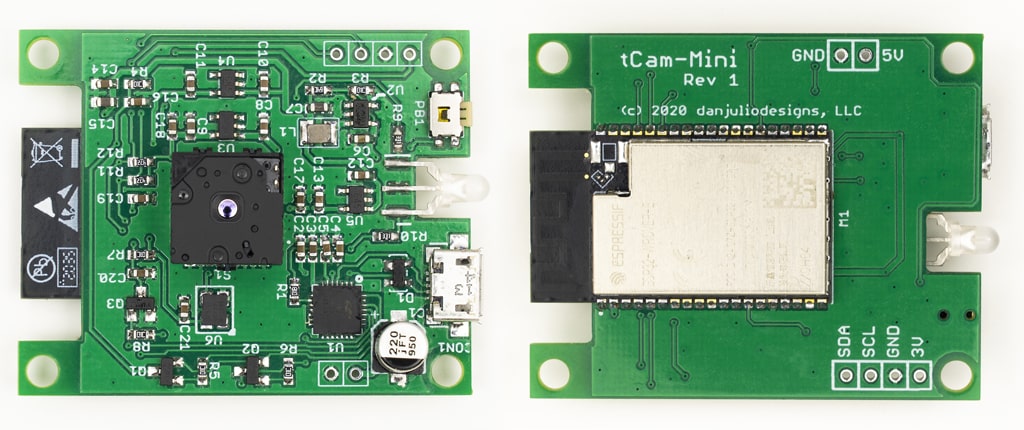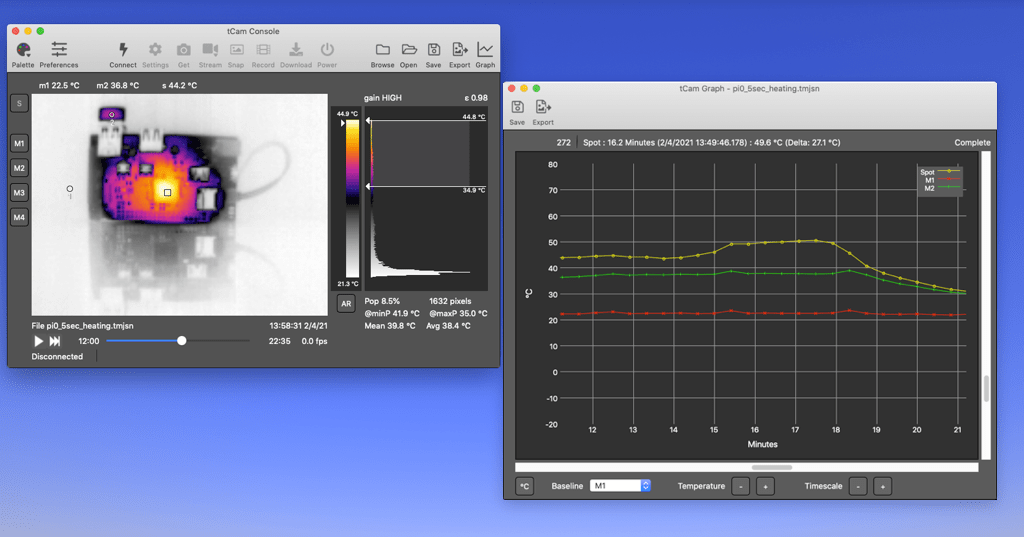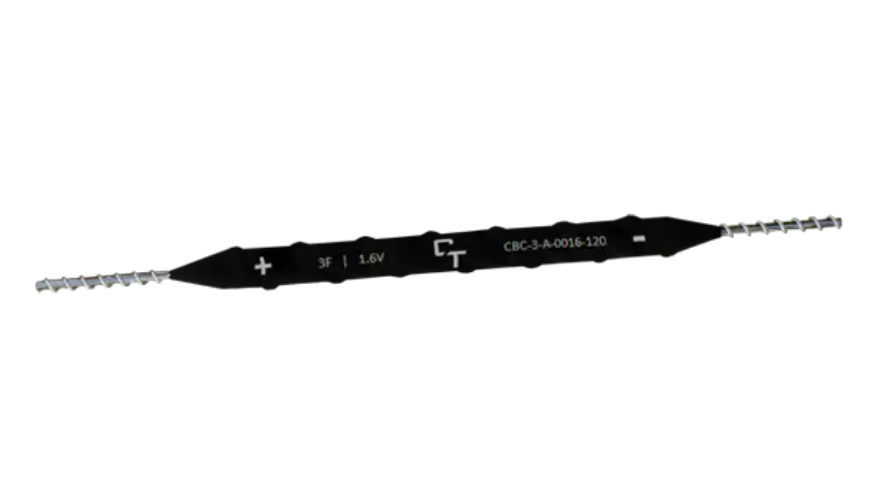Texas Instruments’ converter offers 1% output accuracy in 1.5 mm x 1.5 mm QFN package
Texas Instruments’ TLV62595 is a high-frequency synchronous step-down converter that is optimized for a compact solution size and high efficiency. The device integrates switches that can deliver an output current up to 4 A. At medium to heavy loads, the converter operates in pulse width modulation (PWM) mode with a typical 2.2 MHz switching frequency. At light-load, the device automatically enters power-save-mode (PSM) to maintain high efficiency over the entire load current range with a quiescent current as low as 10 µA.
Based on the DCS-control topology, the TLV62595 provides a fast-transient response. The internal reference regulates the output voltage down to 0.6 V with a high feedback voltage accuracy of 1% over the junction temperature range of -40°C to +125°C. The entire solution requires a small 470 nH inductor, a single 4.7 μF input capacitor, and three 10 μF or single 47 μF output capacitors. The device is available in a 6-pin 1.5 mm x 1.5 mm QFN package, offering a solution with high power density.
Features:
- Efficiency: up to 97%
- Low RDS(ON) power switches 26 mΩ / 25 mΩ
- Input voltage range: 2.5 V to 5.5 V
- Adjustable output voltage: 0.6 V to 4 V
- DCS-control topology
- PSM for light-load efficiency
- Duty-cycle for the lowest dropout: 100%
- Operating quiescent current: 10 μA
- Switching frequency: 2.2 MHz (typ.)
- Short-circuit protection (HICCUP)
- Active output discharge
- Power good output
- Thermal shutdown protection
- Feedback voltage accuracy: 1% (full temperature range)
more information: https://www.ti.com/product/TLV62595


